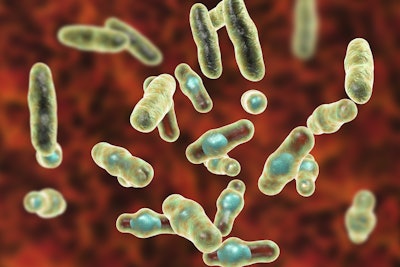
Well-known enterotoxins are primarily produced by bacteria such as Clostridium perfringens that plague broilers and piglets and cause severe health problems and major economic damage.
Dr_Microbe | BigStock.com
Following up from my recent interaction with a Chinese company that invests in innovation, I would like to discuss the very important but often neglected topic of enterotoxins.